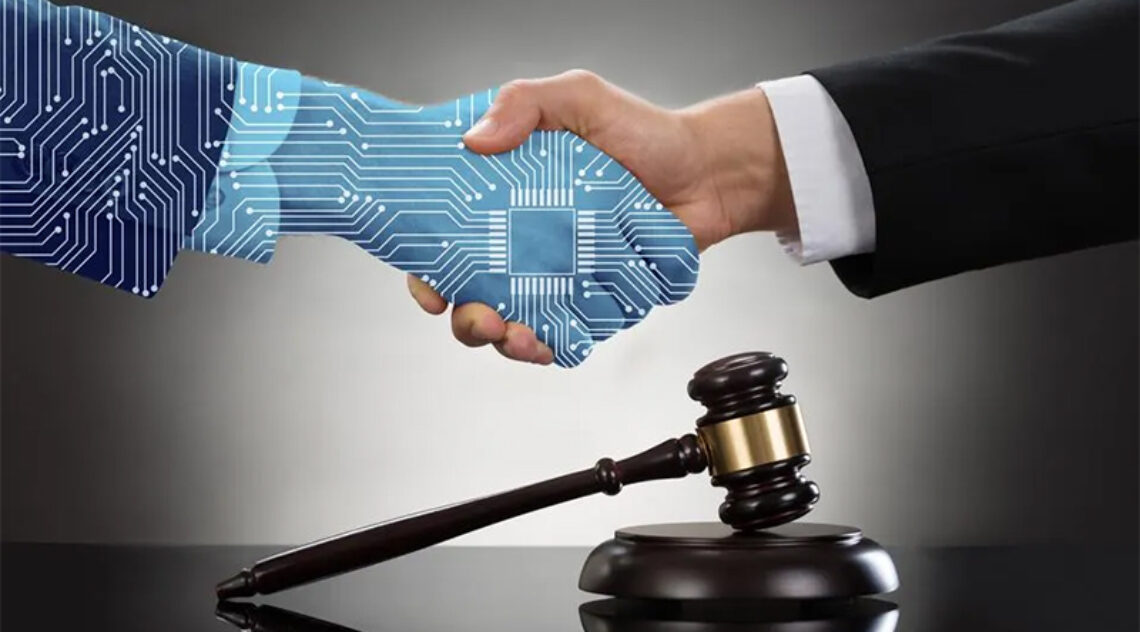
In a world grappling with racial inequalities, artificial intelligence (AI) offers promising tools for fostering equity and inclusion. By identifying and addressing biases in various areas, people are using AI to dismantle systemic barriers and promote racial equality. The process has already started, so let’s explore how AI is currently being utilized to enhance racial equality and overcome some of the historical barriers that exist.
AI in Law Enforcement and Judicial Systems
Perhaps surprisingly to some people, AI is increasingly being employed in law enforcement and judicial systems to reduce racial biases. Consider, these systems are already employing tools like COMPAS (Correctional Offender Management Profiling for Alternative Sanctions) for risk assessment in courts to predict the likelihood of re-offending. While initially criticized for potential biases, ongoing improvements and oversight are being implemented to ensure its fairness and promote more equitable justice. In policing, AI-powered facial recognition technology is focused on reducing racial bias, contrary to people’s initial fears on how visual identification could be used. For example, IBM has developed more equitable facial recognition systems by training algorithms on diverse datasets. This approach helps in accurately identifying individuals across different racial groups, reducing instances of misidentification.
AI in Employment and Recruiting
AI is already revolutionizing the hiring process by promoting diversity and reducing unconscious biases. AI-powered tools like Entelo and HireVue analyze a candidate’s experience and skills without considering factors like race or gender, enabling fairer recruitment processes. For instance, Unilever utilizes AI-driven assessments in its hiring process, which has led to a more diverse workforce. Moreover, AI is used for job advertisement targeting to reach diverse candidates. LinkedIn uses AI algorithms to ensure job ads are not biased towards a particular demographic, encouraging a diverse range of applicants.